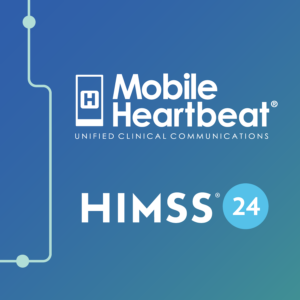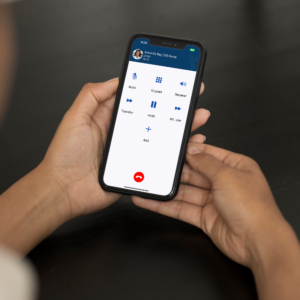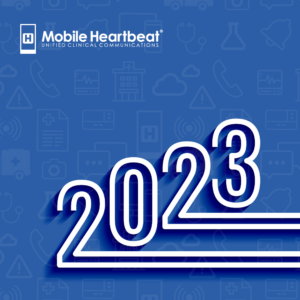The way we communicate has gone through dramatic changes over the last five or so years—smartphones have become the primary conduit for personal and professional communication on a global scale. From social media to email, we may even find ourselves texting people who are just in the other room (and sometimes in the same room) from where we are.
While this communication style is convenient and instantaneous, it removes the human element that can carry additional information and context. During the coronavirus pandemic, and likely after the pandemic, this emphasis on indirect communication will continue to dominate our personal and professional lives. The common issue with these methods is that they lack the important context of a traditional conversation: body language, tone, facial expression. Missing these crucial elements of conversation leads to miscommunications and misunderstandings. We are not communicating as efficiently and effectively as we could be or should be.
The Clinical Burden
Unfortunately, healthcare organizations are experiencing this issue on a high-stakes scale as they care for quarantined patients, spend time away from their loved ones and separate departments into teams to operate as isolated skeleton crews for essential operations. With the advent of secure texting solutions for hospitals, clinicians can make connections with colleagues quickly and more easily than ever before. This is hugely beneficial for hospitals and patients.
However, direct communication is still a required forum for coordinating patient care. Conversations in an acute care setting need to be precise, and all participating parties need to be assured that they are on the same page—patient lives could be hanging in the balance. There needs to be a real, person-to-person connection to ensure that important information gets shared accurately with the appropriate context.
Calling All Colleagues
This type of basic connection is still a struggle for many healthcare organizations. It’s impossible for employees to conduct every one-off encounter face-to face; there are usually hundreds or thousands of colleagues, and it’s impossible to have every conversation in person. The only scalable solution is the phone call.
The phone call can be forgotten in a world of texts, channels and posts. However, there are times when a conversation is required to quickly align on current status and next steps. Yet, even despite best practices, healthcare employees from nurses and physicians to IT staff have had to face numerous problems with calling in the hospital. Primarily, there are three main issues:
- Call Quality: Colleagues can’t hear each other because the connection is poor.
- Call Reliability: They’re not sure the call will connect and remain stable.
- Call Workflow: Calling adds an extra step that makes an already inefficient workflow more cumbersome.
There are a few reasons why these issues continue to plague healthcare organizations. Ultimately, they compound until clinicians are frustrated that something as simple as a phone call can be so unreliable and disruptive. IT staff are frustrated that the technological infrastructure and calling solutions are not working to support staff as intended. When the topic of conversation is patient care, calling should be a dependable communication method that fits seamlessly into the workflow.
Providing a Synchronous Solution
There is a time and place for texting, group chats and one-to-many messages. We power millions of these messages each month at healthcare systems across the nation. But calling remains one of the most crucial communication methods for coordinating care, and it’s where many healthcare technology vendors fail to provide a high-quality, reliable solution.
At Mobile Heartbeat, our calling solution is designed for clinicians and engineered for IT. We integrate directly with the telephony system, networking and device vendors to ensure that calls are crystal clear, and they never drop. And we have seen firsthand the positive impact that a unified communication platform can have on care coordination—whether it’s in a single unit or across an entire healthcare enterprise. Patient throughput improves: emergency departments can admit patients more quickly and radiology turnaround time gets a boost. Clinicians spend less time physically looking for colleagues because they can find them on their smartphone. Patient engagement scores and HCAHPS improve when providers can complete tasks at the patient’s bedside, rather than a unit desk or wheeled computer.
Part of valuing unified communications is emphasizing and uplifting direct communication methods like phone calls. We continue to enhance calling by providing a high-quality experience with no structural footprint. Our vision is to help healthcare organizations leverage their existing investments in their technological infrastructure in order to provide their employees a limitless opportunity for direct communication and collaboration. This vision for the future is closer now than ever before.




